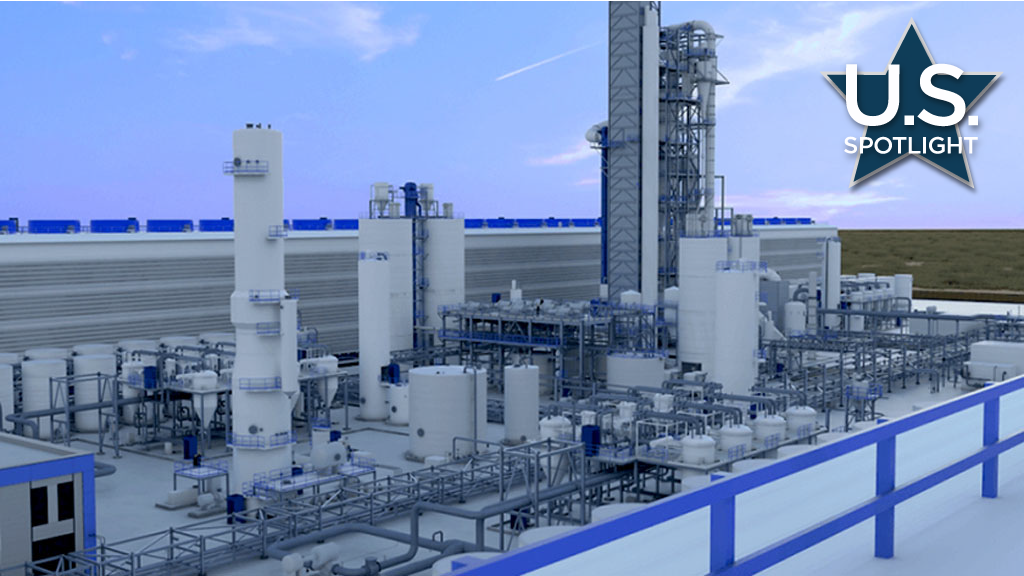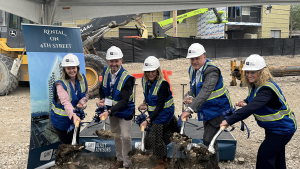Looking at individual state progress towards meeting U.S. government emission goals, Texas isn’t doing very well.
According to the Rocky Mountain Institute, it ranks last in terms of making measurable progress towards those objectives, and second last to Louisiana in terms of the state’s potential to reach them under current state policy.
This is not surprising. Texas is by far the largest crude oil producer in the country, more than triple that of New Mexico, the next largest. It is acknowledged that oil and gas production are enormous contributors to GHG emissions.
The good news is that action to reduce carbon released into the atmosphere is taking place. Class IV application permits, issued by the EPA geared towards regulating injection of carbon dioxide for geologic sequestration purposes, are up 500 per cent since 2021, says oil and gas analytics firm Enverus. That includes nine wells planned between Houston and Beaumont, Texas. It is a small number, but a start.
However, the state’s dependency on natural gas for electrical power generation is also cause for concern. Power plants are estimated to be responsible for 25 per cent of all CO2 emissions across the United States.
That’s where Carbon Capture and Underground Storage (CCUS) can really play a role in Texas.
As described by the Department of Energy (DOE), CCUS involves capturing CO2 from other gases produced from carbon-emitting sources, including power plants and industrial facilities, before it enters the atmosphere. The CO₂ is compressed and transported by pipelines, road, rail or ships to a storage site where it is safely and permanently stored in a deep underground geological formation.
Calpine Corporation, the largest generator of electricity from natural gas and geothermal sources in the United States, has several CCUS projects underway in Texas. One in Deer Park has gained support from the DOE as part of a $2.5 billion nationwide plan to develop both pilot and large scale operational CCUS projects across the country.
“In collaboration with industry leader Shell Cansolv, this project is set to be one of the world’s largest carbon capture projects,” Calpine says, “and will be designed to capture 95 per cent or more of total CO2 emissions from flue gas generated from all five turbines at Calpine’s Deer Park Energy Center.”
Calpine projects in Baytown, Texas and with the Houston Energy Hub have similar ambitions.
A carbon sequestration hub in the Midland Basin portion of the Permian Basin is also being planned by Milestone Environmental Services, a project that could potentially store 30 million tons of CO2.
Meanwhile, construction commenced in 2023 on Occidental Petroleum’s Direct Air Capture (DAC) facility called Stratos, also located in the Permian Basin. It will use technology developed by Carbon Engineering of British Columbia, Canada, which Occidental recently acquired for $1.1 billion through one of its subsidiaries.
Occidental plans to use this technology to move ahead with a South Texas DAC Hub at the King Ranch in Kleberg County, Texas, with the support of funding through a federal $3.5 billion bipartisan infrastructure bill.
DAC is a promising new technology that is very effective for removing carbon from the air, but is currently expensive. However, the government is committed to seeing its potential realized.
“If we deploy this at scale, this technology can help us make serious headway toward our net-zero emissions goals while we are still focused on deploying more clean energy at the same time,” Energy Secretary Jennifer Granholm told reporters.
However, combining CCUS capabilities in conjunction with power plants has not received universal endorsement.
“Adding carbon capture and storage (CCS) to fossil-fired power plants will have unsustainable implications on electricity prices, with the public, businesses and governments likely to suffer the immense cost,” says a report issued by the Institute for Energy Economics and Financial Analysis.
It is felt more consideration needs to be given to renewable energy alternatives.
Fossil fuelled power isn’t the only power sources in Texas considering carbon capture.
Exxon Mobil and Honeywell International will work together at a proposed Exxon hydrogen production facility in Baytown, using Honeywell’s carbon capture technology.
When operational in 2028, the emission-free facility will produce one billion cubic feet of hydrogen per day for those heavy industries trying to switch from fossil fuels to renewables.
Whether CCUS technology can help reverse current global carbon emissions related to power generation is the question. The 2023 report from the Intergovernmental Panel on Climate Change expresses concern over the number of coal-fired power plants operating around the world, including Texas. That makes the increased adoption of CCUS in Texas all the more important.











Recent Comments